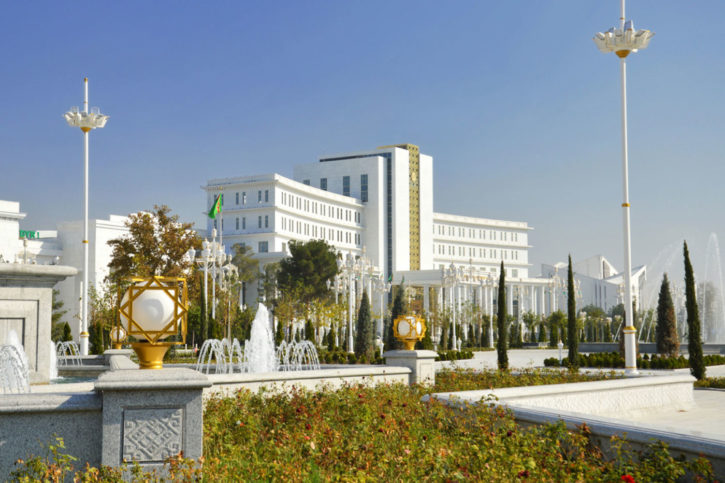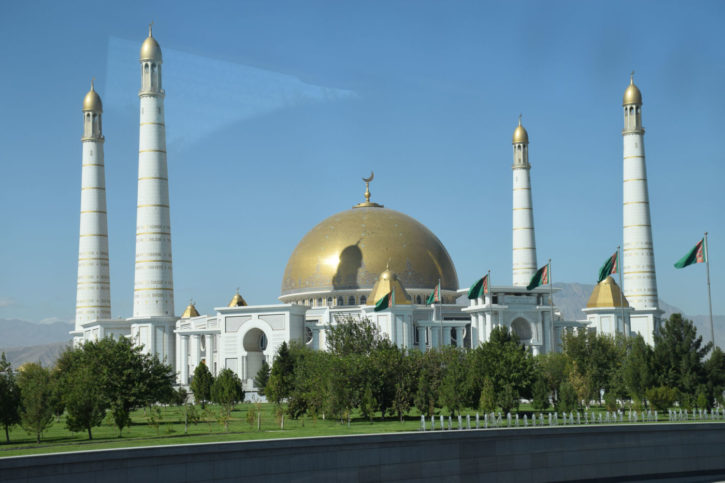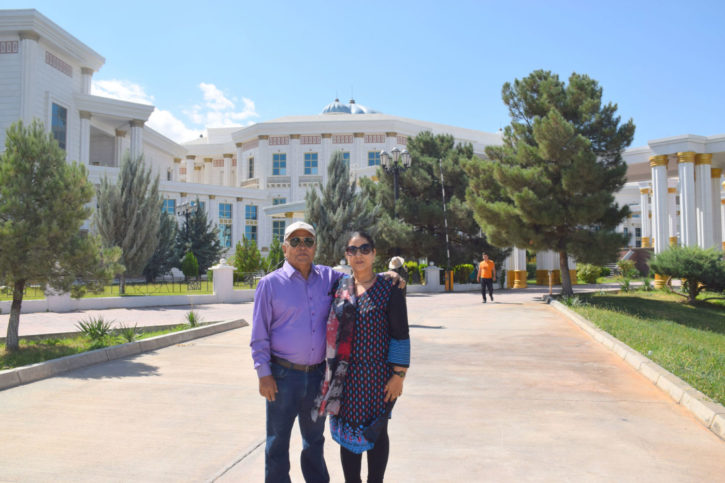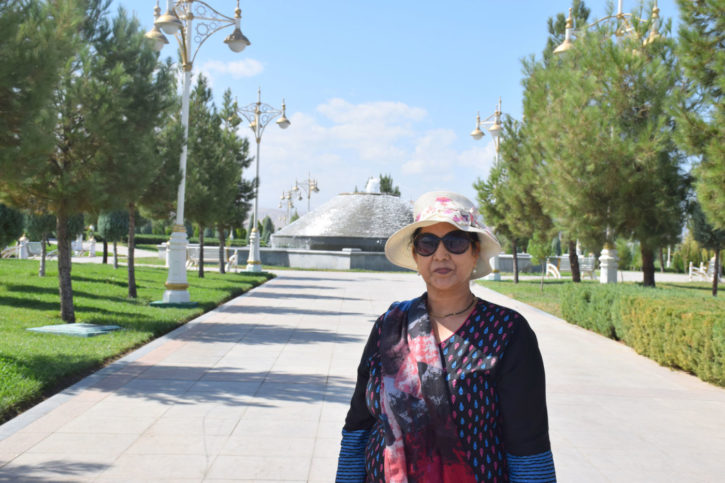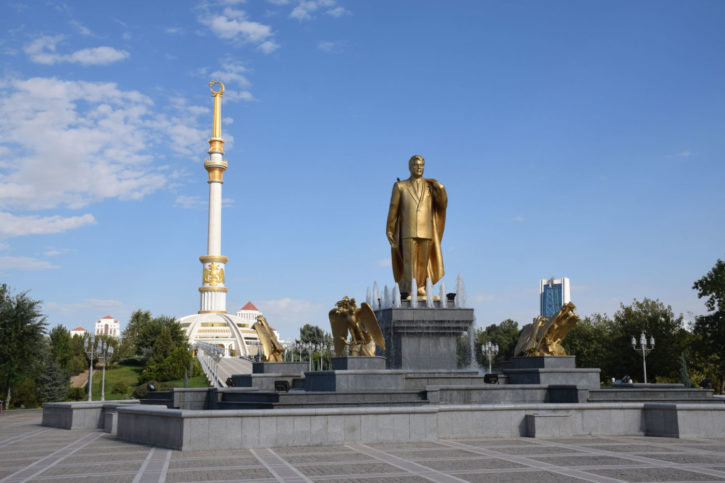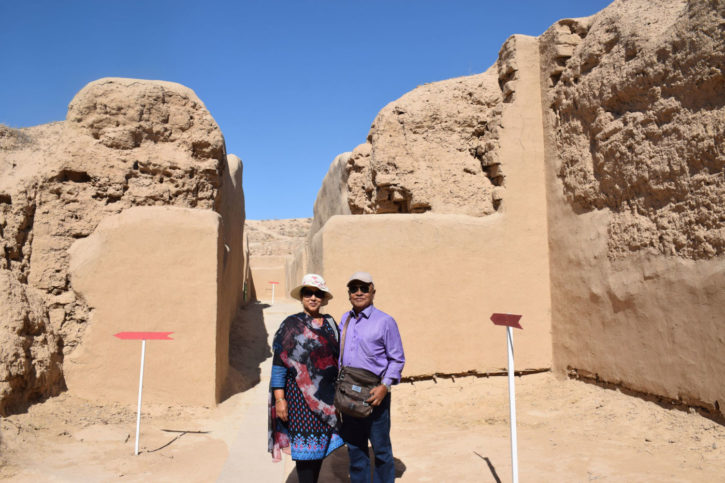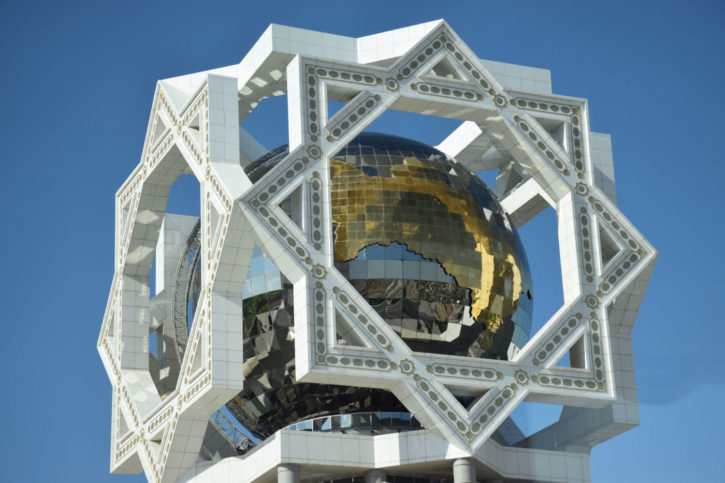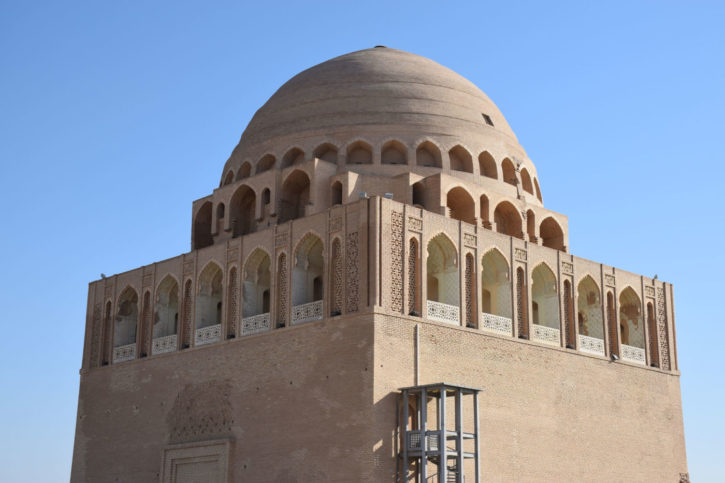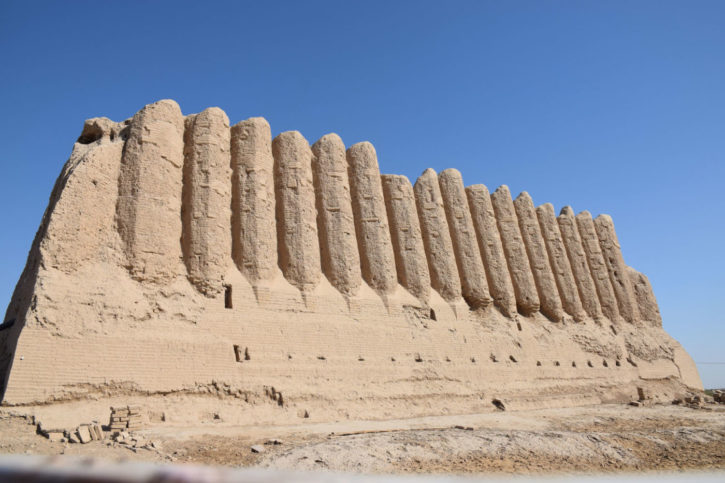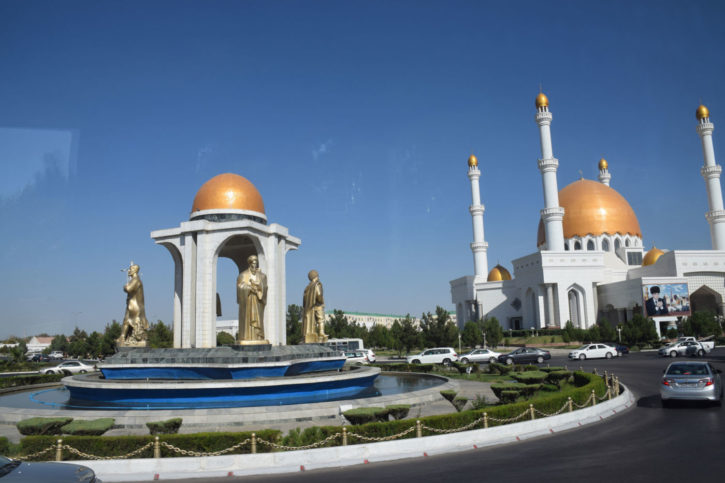ASHGABAT – CAPITAL OF TURKMENISTAN
From the 3rd century BC to the 1st century AD, links were strong between China, Central Asia, Parthia and the Roman Empire. From the 7th to the 10th century, Islam spread and with it came the conquest of the Arabs that had controlled large parts of the Silk Road up …

